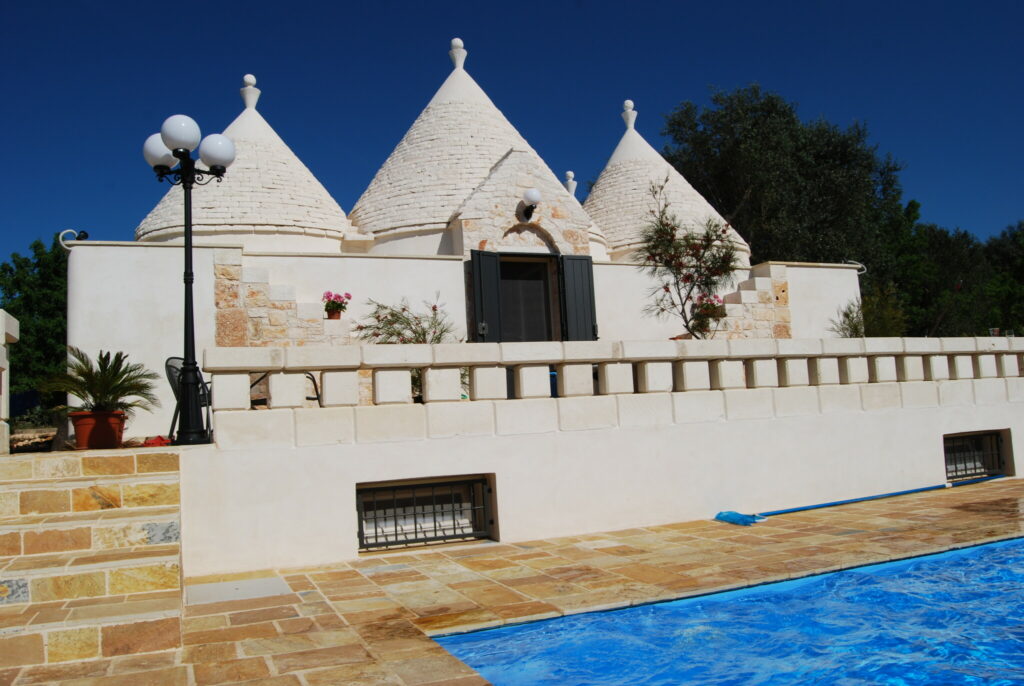To the south of Lucera and south west of Foggia is the town of Troia. Reputedly founded by the Ancient Greek hero Diomedes after the sacking of Troy, in the 11th Century the town acted as a defence against the Normans and became of strategic importance throughout this era, being besieged on numerous occasions.
The impressive 13th Century cathedral boasts unique Romanesque architecture, and illustrations of its saints and bishops in the Museo del Tesoro della Cattedrale.
The first thing that struck us on our visit to Troia was the complete lack of vineyards - Nero di Troia is on of the more popular red grape varieties in Puglia, so we expected to see something similar to Manduria, the home of Primitivo, where there are vines as far as the eye can see surrounding the town, and the the grape forms an important part of the town's culture and identity. However, the town sits on a long thin hill amongst the typical wheat fields of the province of Foggia. Further research into the matter revealed that whilst the grape variety takes it's name from the town, it is primarily grown further south, around the north/north-west of Bari.
The small old town of Troia is located on the top of it's hill, so is long and thin, based around the via Regina Margherita. Whilst there doesn't appear to be a huge amount of tourism in the town, strolling down the via Regina Margherita, dotted with various churches and palazzi, and independent shops and businesses surrounded by the every day hustle bustle of the locals proved to be very pleasant. At one end is the Santuario di Maria SS Mediatrice, and following the main thoroughfare you will pass the comune/town hall, which is located in the 16th Century Palazzo dei Principi D'Avalos. This palazzo also houses the Museo Civico, opened in 1971 and houses displays shwoing the history of the town. The museum is split into five sections: pre-Roman (as far back as 8th Century BC; Roman; medieval; modern; and contemporary.
Further along the road is the catedral, la Cattedrale di Santa Maria Assunta, which unfortunately was closed for renovations at the time of our visit. We did however manage to get a look inside la Chiesa di San Basilio, just off the main street along via San Basilio, a wonderfully simple 11th Century church.
To the far end of the town is the Chiesa di Sant'Andrea in Sant'Anna. This is located on the Piazza Ettore de Pazzis, where you will also find the villa communale, a small park area that provides some well needed shade from the summer heat.

